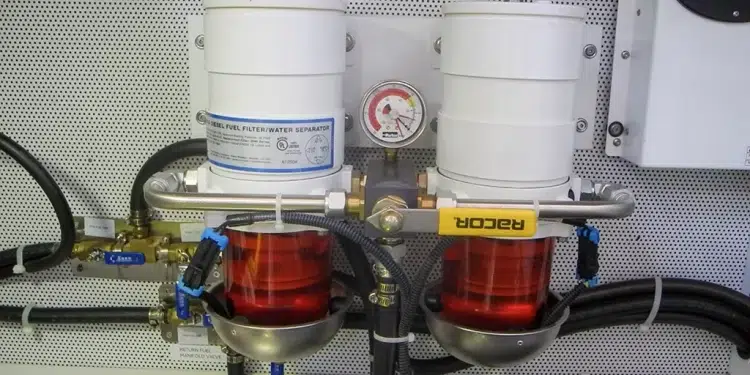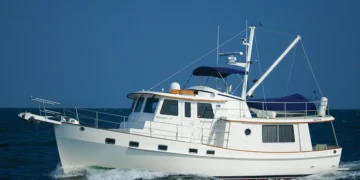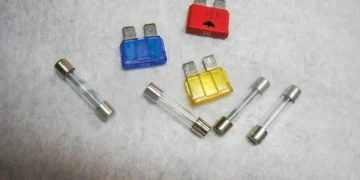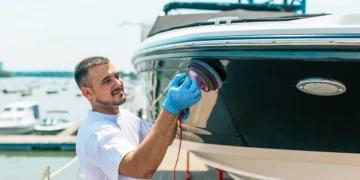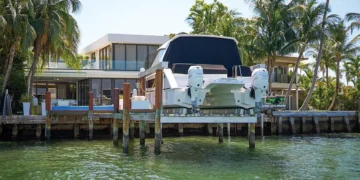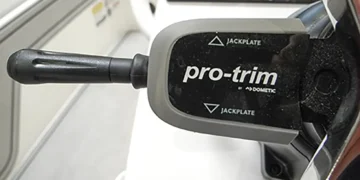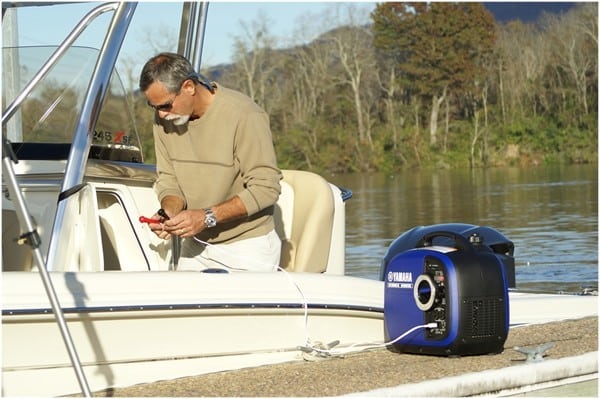Plan ahead before your Bahamas crossing.
Bahamas, here we come! With a terrific weather forecast, you are ready to make an open water crossing. Favorite crew on board? Check! Provisions? Check! GPS waypoints? Check! Full fuel tanks? Check! Hmmmm… Let’s think more about fuel and weather forecast before we untie lines heading into open water. Fuel preparation for a Bahamas crossing is a crucial step every captain should take.
Weather or Not
A great forecast depends upon many considerations. Winds from the north over a few days can generate very large waves in the Gulf Stream. If the winds have clocked around to the south, you still might wait another day for the waves to flatten. Know what is comfortable for you and your boat. Start paying attention to the weather forecast long before your planned day to cross to check the accuracy of each forecast.
Focus on Fuel
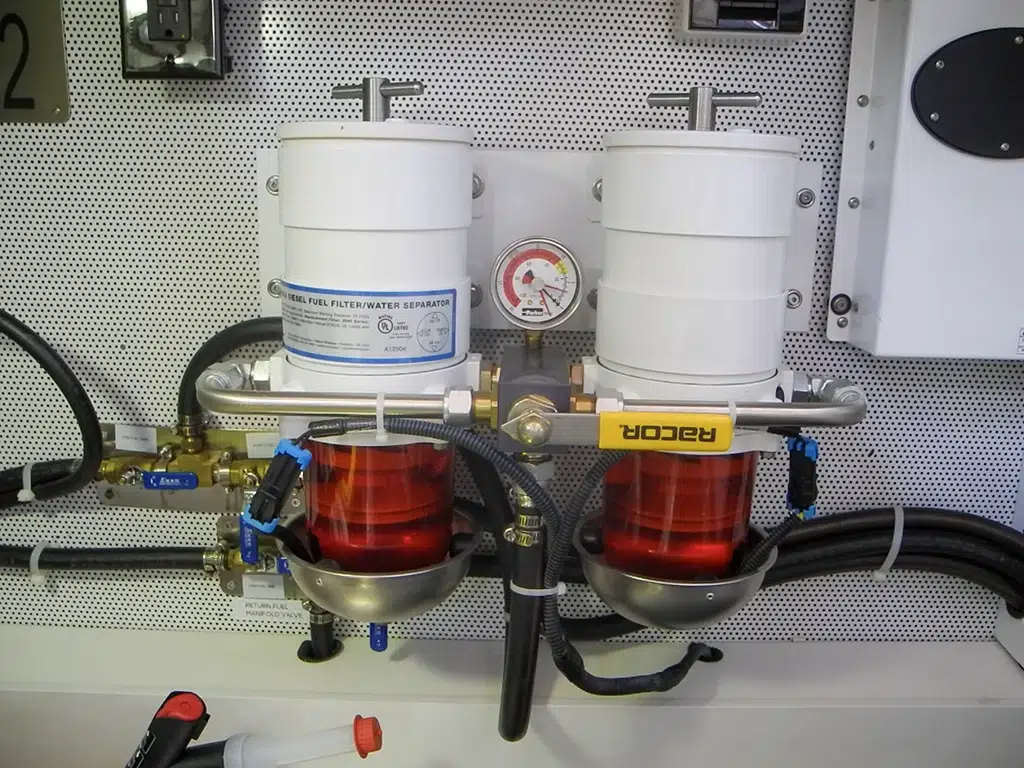
Trip planning includes many supplies. After weather is green-lighted, the main consideration for a Bahamas crossing should be the fuel you have aboard: gasoline or diesel. Most of us only boat in good weather conditions so the fuel may be sitting in your tanks for a while. Do you have any condensate water or sludge in the bottom of your tanks? The sludge may be agitated in certain sea conditions and clog the fuel filter.
Before making a long trip, do-it-yourself (DIY) owners should drain and check fuel filters for water and other debris. Carry spare filters on board and learn how to change them yourself. The last thing you want to deal with is a dirty fuel filter when you are out at sea far from a service tech. Consider discovering a bit more about how you can DIY and get your engine running clean again.
Subscribe Here For More DIY Articles
Gas Fuel Filters
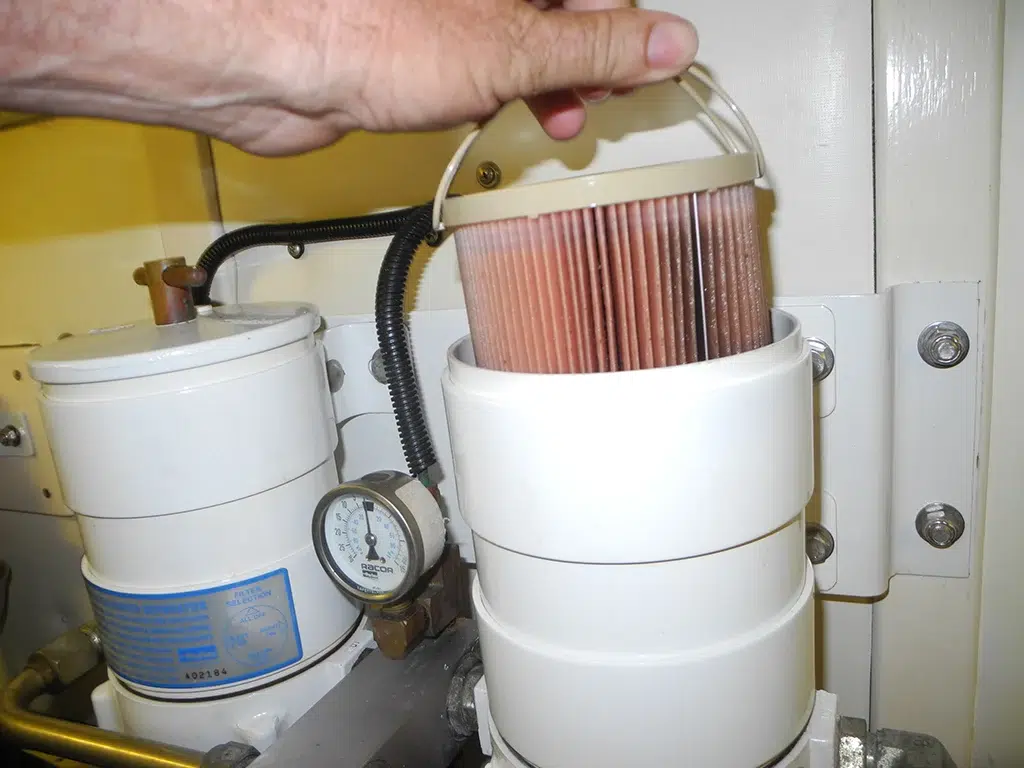
Many gasoline-powered boats have a spin-on fuel filter that can easily be changed. Spin off the old and spin on the new filter. Caution: To avoid fuel spillage and explosive fumes, turn off the supply line valve before changing the filter. Pour the filtered fuel from the old filter into a clean bucket to inspect for water or debris. Ethanol gasoline with 10 percent alcohol (E10) is found on the highway, but many marinas offer alcohol-free recreational gasoline at 90 octane and NO ethanol called Rec90. The alcohol may attract condensate water in the fuel tank which can damage your engine. A water sensor alarm in the fuel delivery system on your engine is helpful.
Diesel Fuel Filters
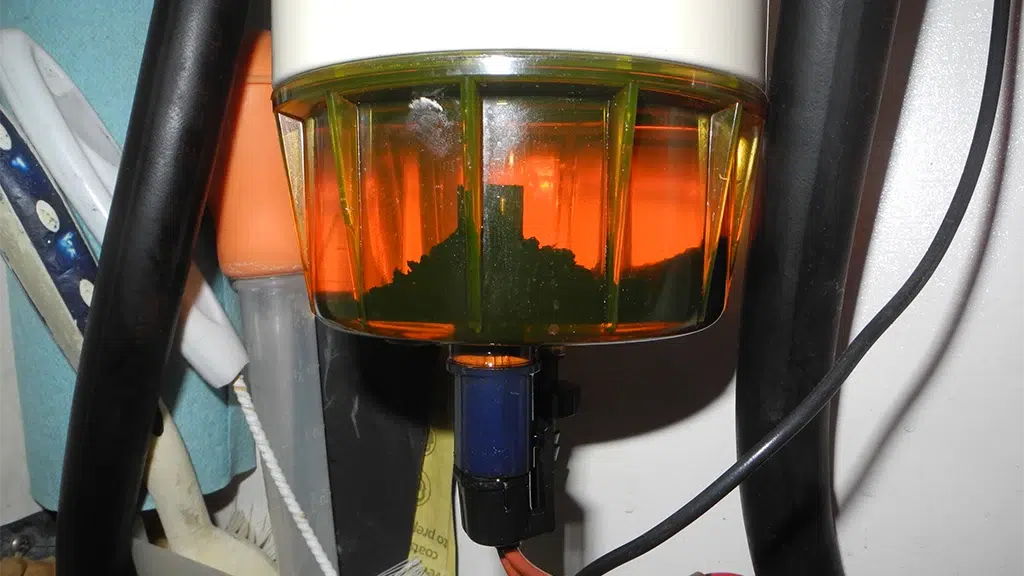
Most diesel filters have a clear bowl at the bottom such as a RACOR turbine model to view any sediment or water trapped. A water sensor is also available as an option for the diesel engine. If your filter does not have a clear bowl, then turn off the fuel supply line and open the filter. Remove the filter element and inspect for contaminants. The paper filter should be a cranberry-red color from the dye in the diesel fuel proving no highway tax has been paid.
Replace the filter if the element is anything other than clean red fuel. If you see sediment or water, open the bottom valve to allow the contaminants to drain out into a bucket. Close the valve and slowly insert the new element.
Now the tricky part—priming the new dry element. Depending on how your bulkhead filter is installed and level of fuel in the tank, you may be able to slowly open the valve and allow fuel to back flow into the filter. If that does not back flow, then you will have to use a small container of diesel fuel to prime from the open top. Be careful, the paper filter element is slow to absorb the new fuel so you may have to be patient and repeat this a few times until the paper element has absorbed the fuel. Once primed, change the rubber O Rings on the cover and secure them.
Open the fuel valve before starting the engine and all should be fine.
Prevention is the Best Cure

A vacuum gauge makes it easy to determine a dirty diesel fuel filter. This will show how much suction or vacuum is required for the engine to pull fuel through a dirty filter. The needle
on the gauge uses a color-coded screen.
Red is DANGER, yellow is CAUTION, and when the needle is pointing on the white screen, the filter should be in acceptable condition. I prefer the vacuum gauge with the dragger needle that shows the vacuum amount even when the engine is shut down.
If you are not comfortable with this simple DIY service, hire a mechanic to show you how the first time as you just may have to do this yourself—on your way to the Bahamas.
-by Capt. Chris Caldwell


